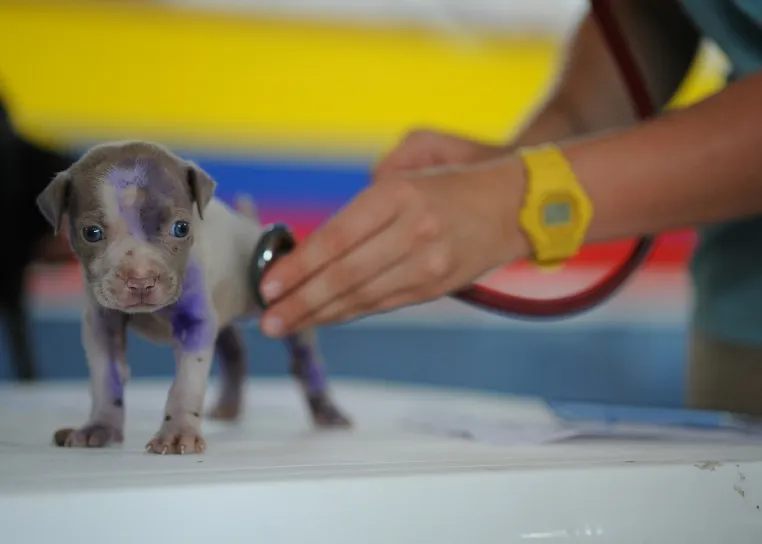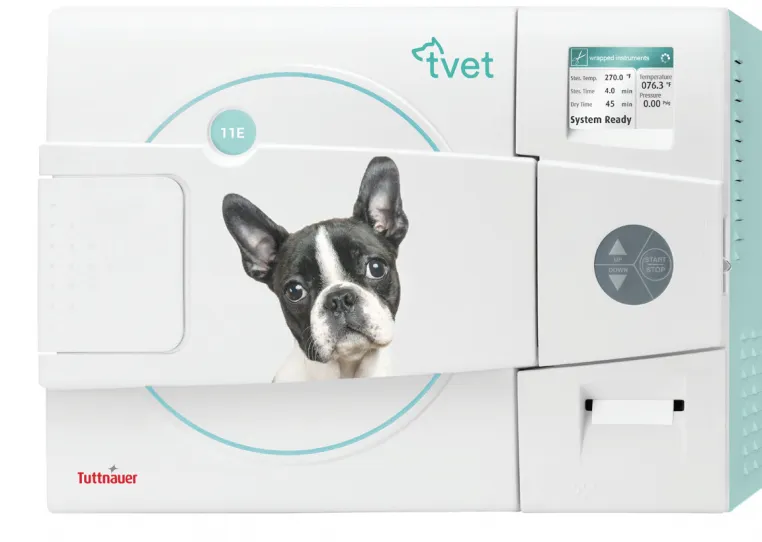Since applying to vet school, or perhaps from a far younger age, you’ve likely dreamed of the day you venture out and build your own veterinary practice, coming to the aid of various pets in physical distress. While starting any business can be a challenge, with much determination and careful planning, you can end your career as a veterinary associate within an established practice and successfully open the doors to your own clinic.
Step 1 - Create a business plan
Though you are trained as a medical professional, when opening your own veterinary practice, you must also don the hat - or surgical cap, of a savvy business person. As a vet clinic owner, you can no longer focus solely on patient care; you must also take measures to ensure your practice is able to continuously remain funded, open and operational. As such, creating a business plan is a crucial first step in establishing your practice.
The business plan is the blueprint to any business. Starting any practice without one would be irresponsible and perhaps even reckless. Your business plan should ideally include detailed information on your vision for your clinic: what type of practice you seek to run, structural, staffing and funding needs and sources, financial projections and plans, marketing plans and more. The more meticulously you plan your business, the easier it will be to translate those plans into action and create a vet clinic that can realistically operate and meet intended goals.
Step 2 - Gather a 'launch team'
You wouldn’t build a home on your own. You would likely gather a team of industry professionals - contractors, plumbers, electricians, designers, etc., each experts in their fields, to help transform your blueprint into a three-dimensional representation of your vision. The same goes for starting a vet clinic. Your launch team will likely consist of an accountant, an attorney, a real estate agent, an architect or interior designer, a financial planner or bank liaison and a marketing manager. Together your team will follow your business plan and help ready your new practice for launch, by:
- Registering your new practice as a legal entity - and acquiring the necessary insurance.
- Registering for taxes - Letting the government know you are practicing and in compliance with all monetary regulations.
- Setting up accounting practices - Opening a business bank account and keeping accurate and detailed documentation of income and expenditures. This will make your annual tax filing far more efficient.
- Securing funding - to be able to afford costs related to establishing and maintaining a successful vet practice.
- Obtaining necessary permits and licenses - for opening a business, providing pet health care and more.
- Establishing your brand - to help your business stand out from competitors and let your customers know exactly what care their beloved pets will receive.
- Creating a web presence - Harnessing the power of digital and social media marketing to reach new potential pet owners, update your target audience on new treatments and services and consistently boost visibility - and your bottom line.

Step 3 - Select a location for your clinic
It is important to sit down with your real estate agent and architect/designer and determine whether you will lease of purchase a clinic location, if you will operate out of an existing space, which you will likely need to renovate, build your own clinic from scratch, or opt to invest in a mobile veterinary clinic and save money on location-related expenses. Each option has its clear advantages and disadvantages and should be thoroughly researched before an offer is made on any space or property. Ensuring the property has a clear title and is free of liens, taxes or easements is an absolute must.
Important considerations when selecting a clinic location include its proximity to major roads and highways, available parking spaces and the amount of (construction) work you would have to put into the space to transform it into the veterinary practice of your dreams. Something else to consider is the immediate outdoor area surrounding your clinic. As your clients are animals, it would be best if there was at least a small area for pets to relieve themselves outdoors, before entering your clinic.
Step 4 - Hire your very own staff
To provide your pet patients and their concerned owners with the best possible treatment and care, you will need to staff your practice with qualified, dedicated and experienced employees. It is up to you to decide exactly what types of professionals to hire, though the following positions tend to be standard at most vet practices:
- Another qualified veterinarian, apart from yourself - to help manage patient overflow and cover when you’re unavailable.
- Veterinary technicians.
- Assistants.
- A receptionist or office manager and other support staff.
You may also opt to employ kennel assistants and groomers, or you might decide to make business connections with kennels and groomers in the area. This decision depends on budget constraints, as well as on personal preferences. Some vet clinic owners prefer keeping staff on the smaller side, to enable a more intimate practice environment, while others seek to create a one-stop-shop for all their pet-patients’ needs.
An employment agency or veterinary job search engine can be used to help make staffing your veterinary practice as seamless and as quick as can be.
Step 5 - Order equipment and supplies
Once you have secured and renovated your location and acquired all necessary permits, you will need to equip your new vet clinic with standard medical equipment, laboratory instruments, medications and other supplies. Purchases can span from examining tables, cages, surgical knives and antibiotics to pet food, shampoo and chew toys. And of course, you will need to order specialty sterilization equipment, to ensure your tools are patient-ready and contamination free. Depending on the size and scope of your practice, you may also opt to acquire specialty equipment, such as cardiac or orthopedic technological devices.
Tuttnauer - Your sterilization and infection control partners
Tuttnauer is an autoclave sterilizer and plasma sterilizer manufacturer, and a provider of washer disinfectors and other infection control products in the Healthcare and Life Science industries, which now includes veterinary practices. Our tvet veterinary autoclaves were developed specifically for vet practices. They meet all your sterilization needs by creating cycle parameters to accommodate double wrapped pouches. These cycles ensure sterility and efficient drying of packs and pouches, helping veterinarians meet today’s challenging workloads and provide superior pet-patient care, without risking infection contamination.
Start your veterinary practice off right. Follow the above steps and ensure your clinic is equipped with a tvet veterinary autoclave. For more information can be found at Tuttnauer veterinary autoclaves and accessories.
